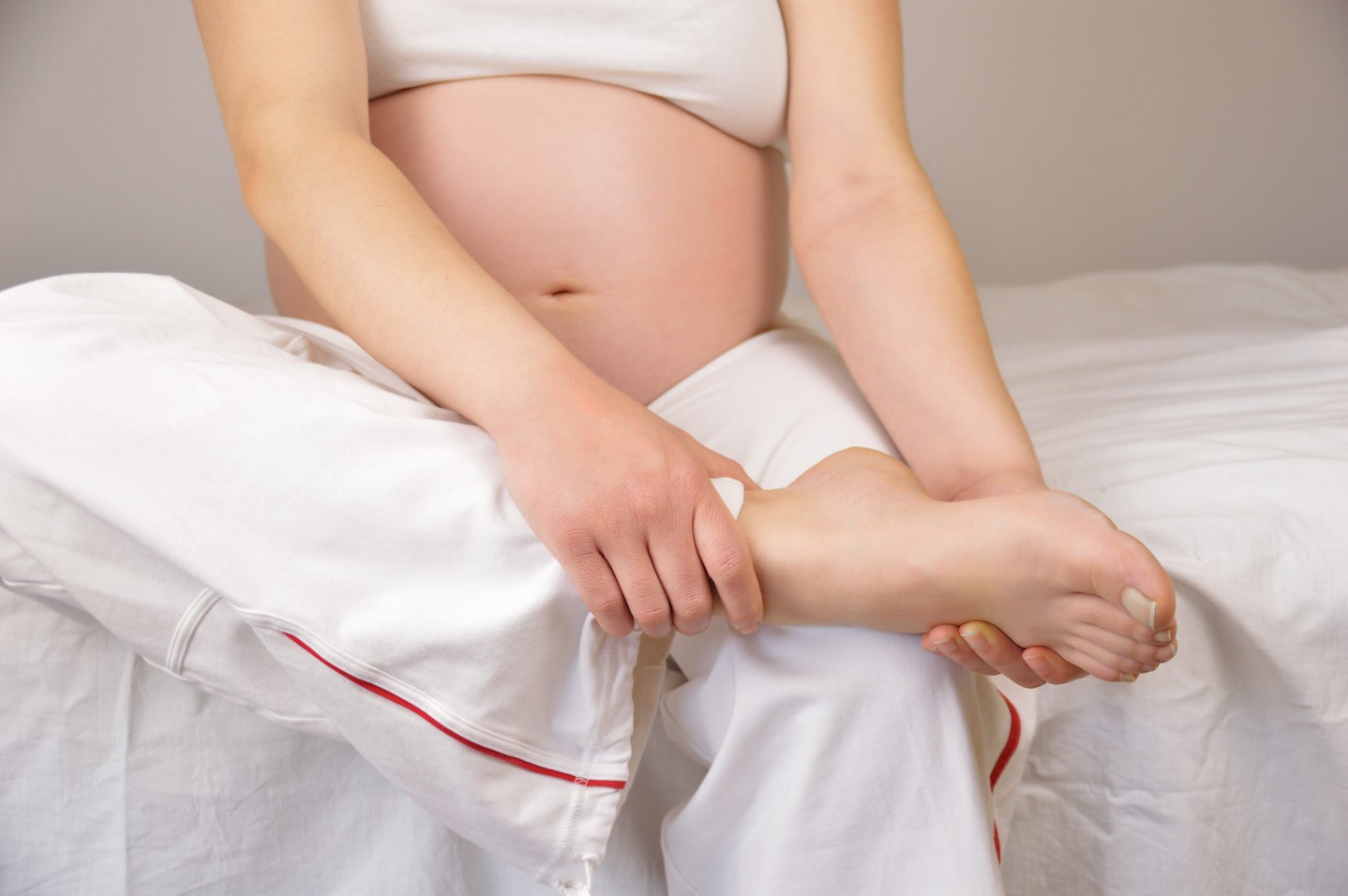Implanted Heart Rhythm Devices
APR 08, 2024A healthy lifestyle is very important to protect the electrical system of the heart. Once it gets damaged, the heart may have little ability to recover.
Read More
Swelling of the legs is a common problem and one I encounter on an almost daily basis. It can be mild—nothing more than an unsightly nuisance—or quite severe with skin breakdown and open sores. It can be an occasional occurrence or an ongoing vexation.
Most everyone has experienced swelling at some point in their lives. You eat at a Mexican cantina—gorging on the free chips and salsa and indulging in salty margaritas—and the next morning you awake to find that someone has replaced your fingers with Vienna sausages. By evening your lower legs feel like you have silly putty under the skin.
The technical term for swelling like this is edema (or, if you’re British, this term is conveniently filed under “o” for oedema) and it simply refers to fluid sitting in spaces where it’s not supposed to be. I am consulted frequently for edema since congestive heart failure is one of many potential causes.
Let’s start (as usual) with a review of anatomy and physiology. Blood gets to the legs via the arteries and returns by way of the veins. Flow down the arteries is pretty simple, aided by gravity and a vigorously-pumping left ventricle. Bringing the fluid back up is a different issue. The veins of the legs don’t benefit from the rhythmic contraction of the heart. Instead, the squeezing of the muscles of the legs gently milks the blood back up past a series of valves, much like a system of locks in a shipping canal.
Blood is composed of water, cells, and other stuff like sodium, glucose and various proteins. When blood reaches the microscopic capillaries some of the water leaks into the surrounding tissue as lymph fluid and returns to the heart via lymphatic vessels. The amount of fluid leaking out of the blood vessel depends on 4 basic factors:
Now that you have a solid understanding of fluid dynamics in the legs you can begin to piece together all the ways this system can go wrong.
Congestive heart failure (CHF) leads to increased pressure in the veins of the legs (number 1 on the list above) and fluid is squeezed out into the surrounding tissue. A similar mechanism forces fluid out of the capillaries of the lungs and into the delicate air spaces that are responsible for moving oxygen from the air into the bloodstream. The result is suffocating shortness of breath, a hallmark of severe heart failure.
Kidney disease increases overall blood volume (thereby increasing the venous pressure) and often results in a loss of proteins (see number 4) for a double-whammy effect. Since most proteins are manufactured in the liver, failure of this organ can trigger swelling by a similar mechanism.
CHF and kidney and liver failure are the most serious causes of leg edema but are thankfully quite easy to rule out. The more common entities are less dangerous but are no less bothersome.
Chronic venous insufficiency is a catch-all term that implies a breakdown of the veins’ ability to milk the blood back uphill to the heart. The result is an increase in pressure and vessel permeability with subsequent swelling. Risk factors for this common condition read like a description of the modern American: advancing age, obese, sedentary, smoker, prolonged sitting or standing. Such a list also gives you some idea of what can be done to treat this disorder.
Common lung conditions can indirectly trigger edema that becomes very hard to treat. I have previously written on the long-term effects of untreated obstructive sleep apnea. The chronically low oxygen level in the lungs leads to elevated pressure in the right ventricle. Like a sewer backing up, the high pressure stops up the whole venous system and edema results. Chronic obstructive pulmonary disease (COPD) can do the same thing.
The question many sufferers have is “Can’t I just take a diuretic—water pill—and get rid of the swelling?” The answer, as is often the case in medicine, is “it depends.” If your problem relates mainly to too much blood volume, as in CHF and salt indiscretion, then a diuretic will be helpful. Most diuretics work by causing the kidneys to eliminate salt—as you lose salt you lose water. For all other problems, such as venous insufficiency and kidney failure, diuretics are of limited benefit and can sometimes be counterproductive.
Here are some simple generalized suggestions for those of you with edema. Your doctor can provide you more focused recommendations once the cause of your edema is identified.
Most cases of edema are benign and with a few lifestyle changes you should be able to handle it on your own. Just remember to bring the Mrs. Dash with you next time you head out for margaritas.

A healthy lifestyle is very important to protect the electrical system of the heart. Once it gets damaged, the heart may have little ability to recover.
Read More
Heart disease is the number one cause of death for women and men, claiming more lives than all forms of cancer combined.
Read More
With heart disease remaining the number one killer of women and men in the United States, it’s important to take action to protect your heart – even if you feel fine.
Read MoreWhen you need local health information from a trusted source, turn to the CHI Health Better You eNewsletter.